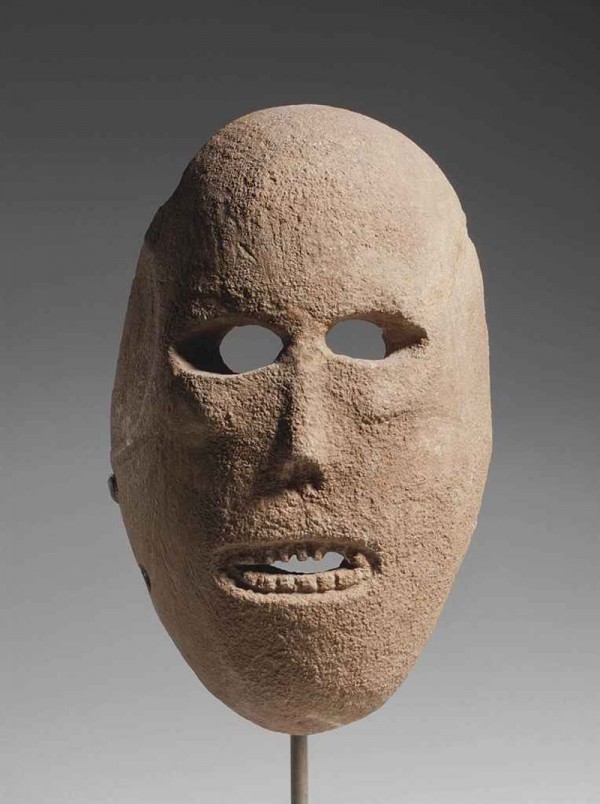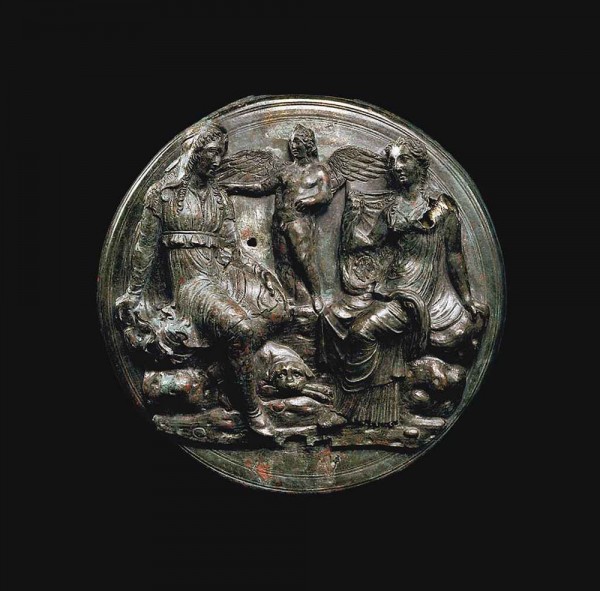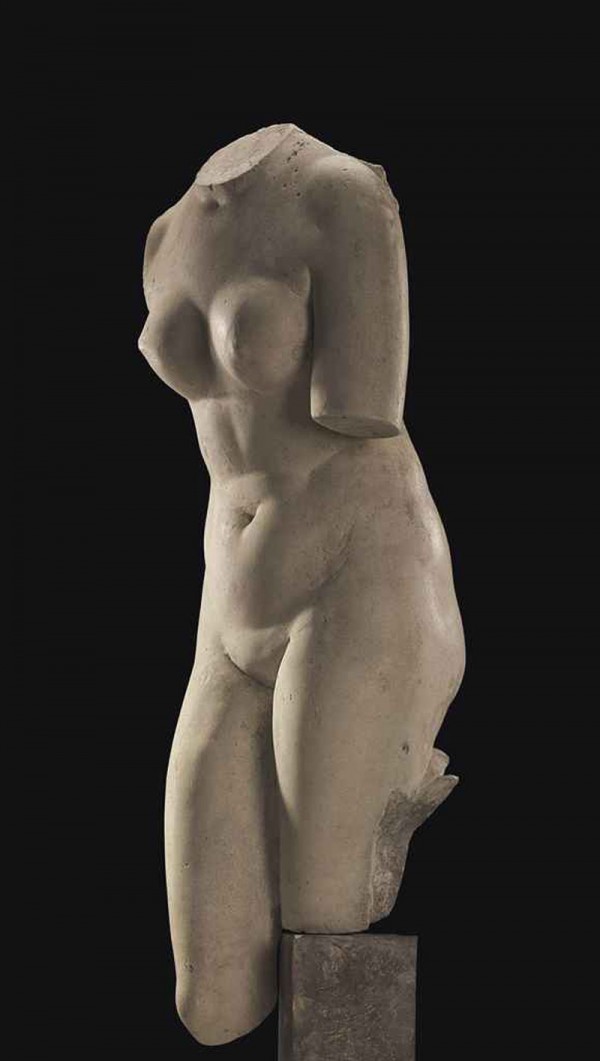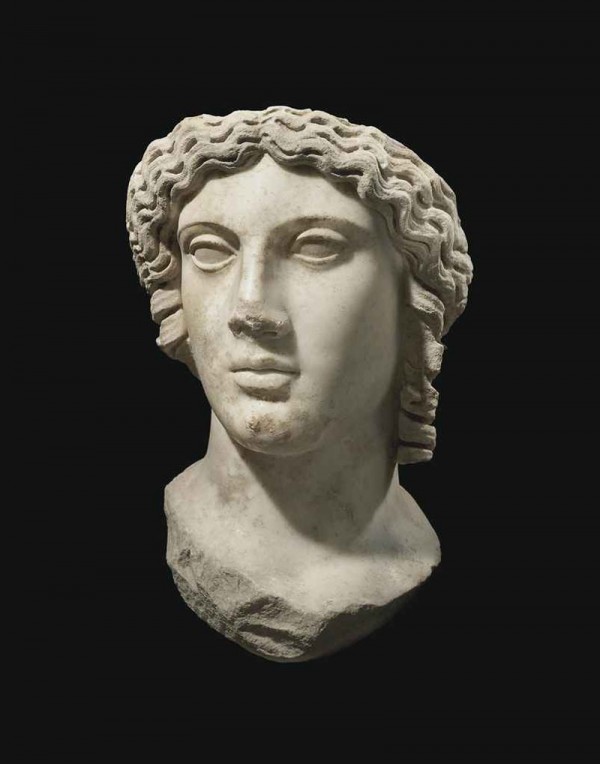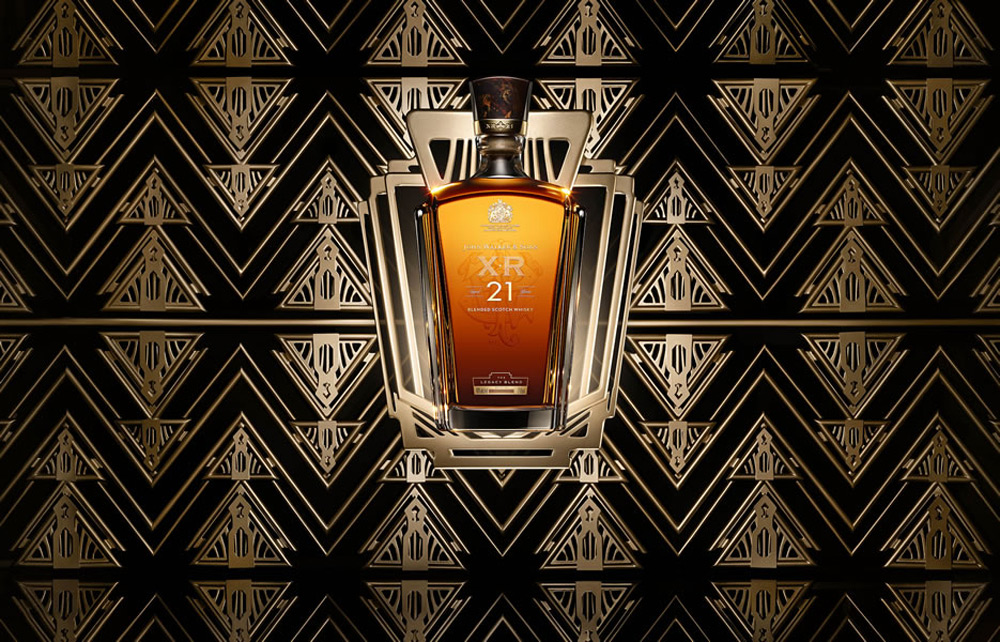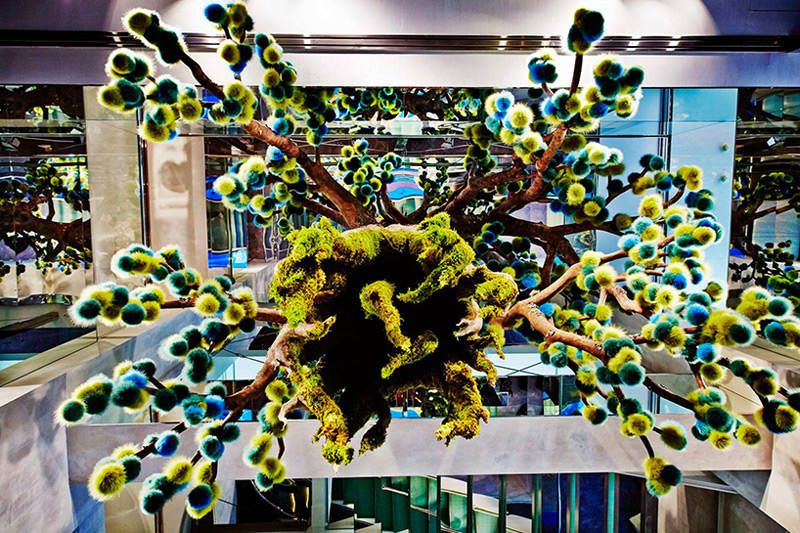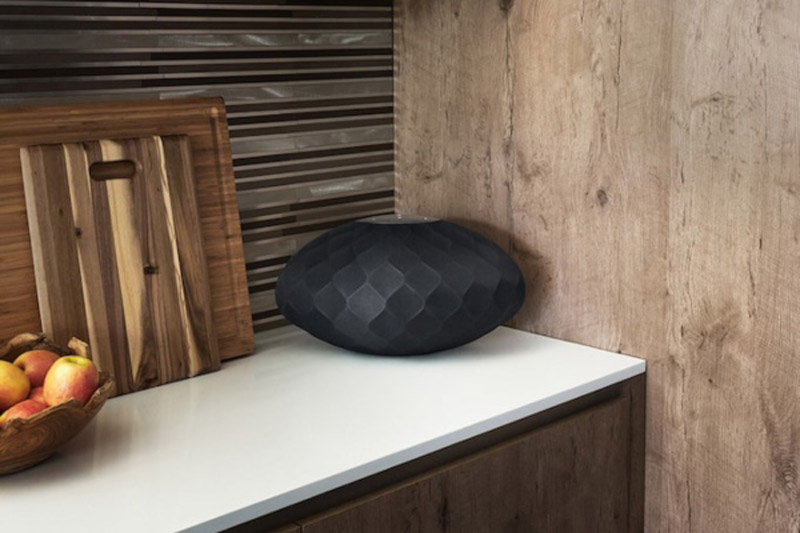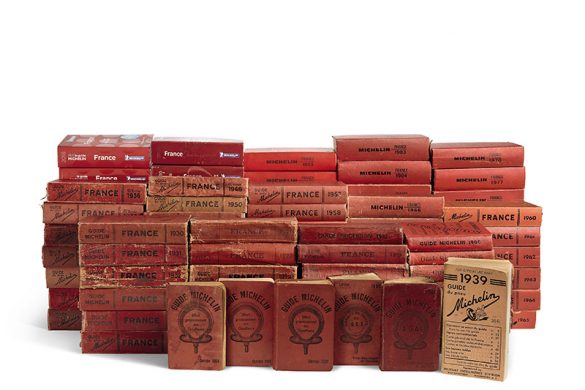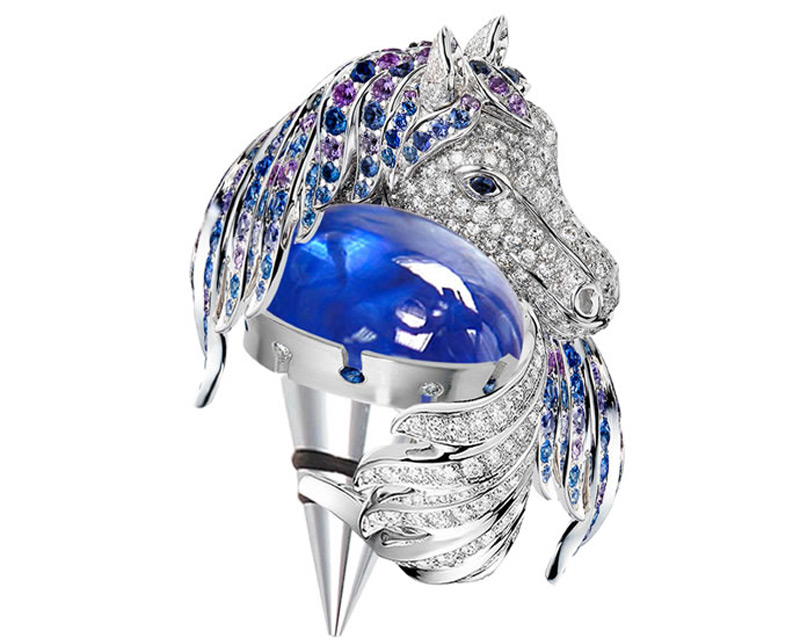One of the earliest sculptural types, rare 9,000 year old limestone mask from the Neolithic could fetch $600,000 when it goes under the hammer in June. According to Christie’s, this Neolithic mask is extremely rare, only very few of these masks are known. The mask is preserved due to dry climatic conditions of the Judean desert.
All were found in the Judean desert, all were carved of limestone, and all represent the human skull,said Molly Morse Limmer, head of Christie’s Antiquities department in New York.
Created to resemble a human skull, the 22.9cm mask is oval in form with thick walls, the reverse concave, the cut-out eyes with narrow ridges extending up from their outer corners over the temples. Further, raised cheekbones below with a ridge extending back, the slender triangular nose with two grooves for the nostrils, the lipless oval mouth open, revealing teeth, with five biconical drill holes.
The real function of the mask is still a mystery, its origins dated to a time when complex societies were first evolving.
Ms Limmer explained that: No doubt they represent one of the earliest human attempts to connect with the spiritual world, she said. Given the skeletal representation, it would be logical that they relate to death rituals or ancestor worship.
Five small holes drilled along the perimeter suggest that hair might have been added, or they might have been used to secure the mask on the face of a dead person, or to a wall, pillar or statue, according to Christie’s.
This extremely rare 9,000-year-old mask, will be part of 260 lots at Christie’s antiquities sale on June 8. All 260 lots are expected to fetch about $8 million.
In addition to Judean desert’s limestone mask, other notable pieces of the June sale include a Greek bronze mirror circa 300 to 350 B.C. which is estimated to sell for $600,000 – $900,000, as well as two Roman works of art, each expected to sell for as much as $500,000. [Christie’s]

